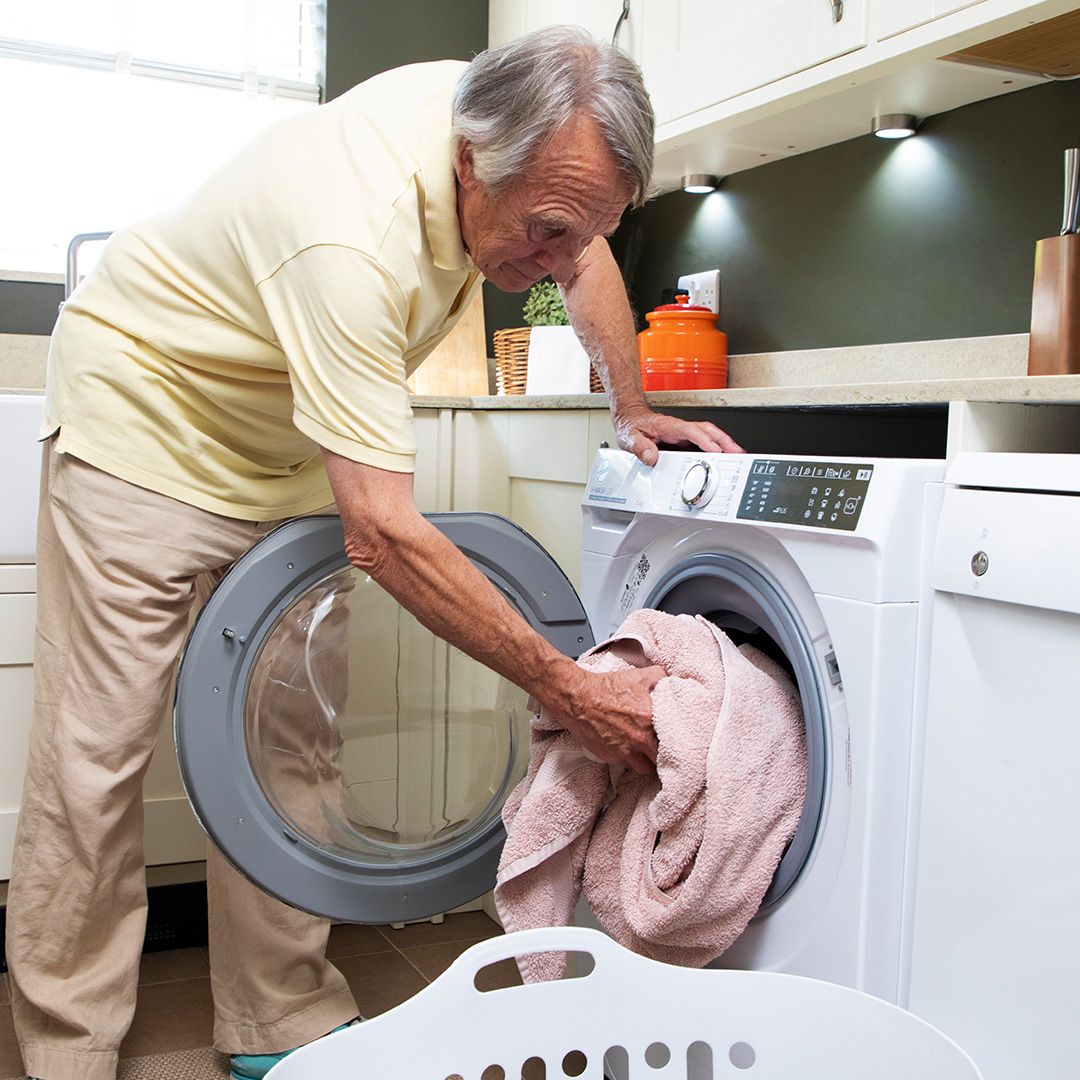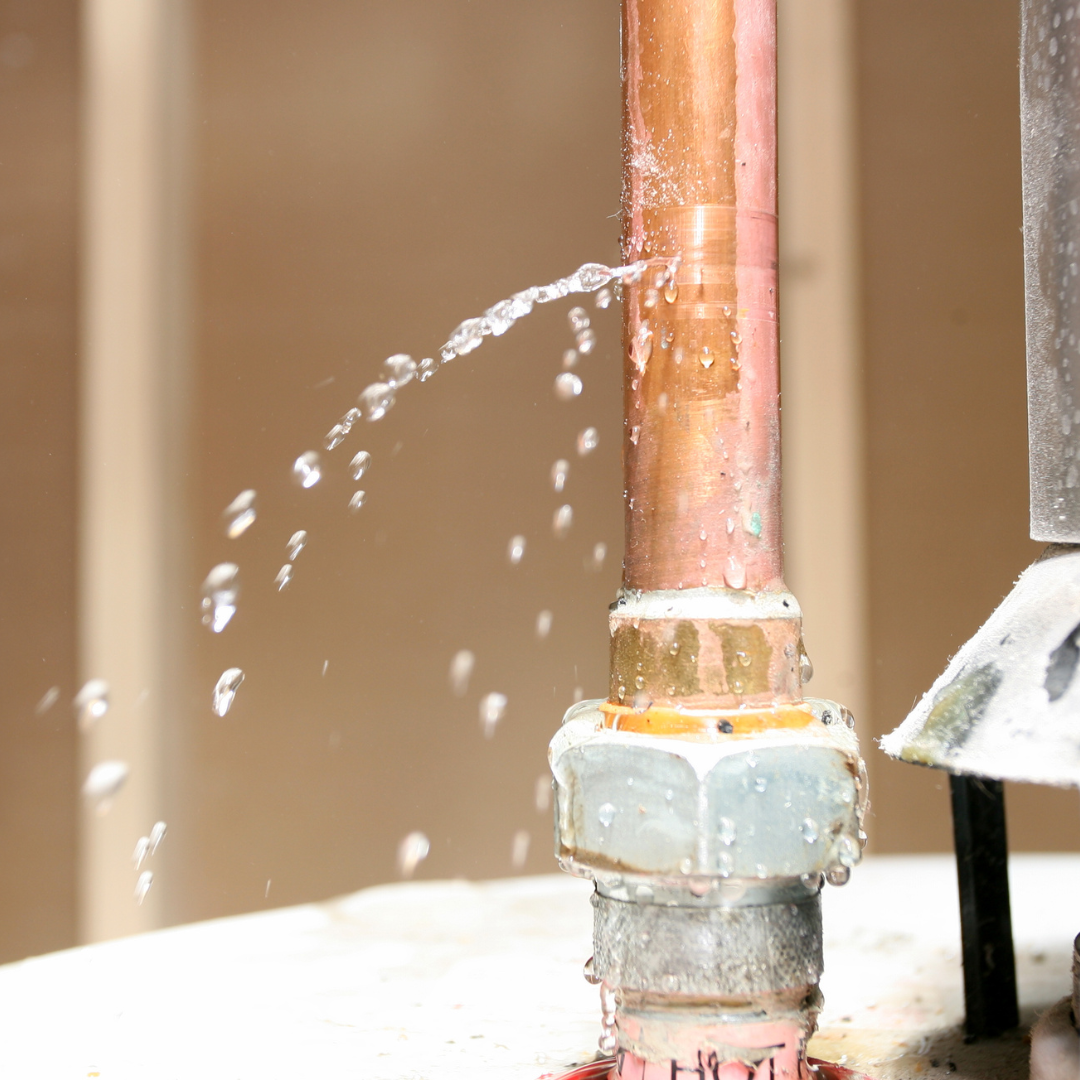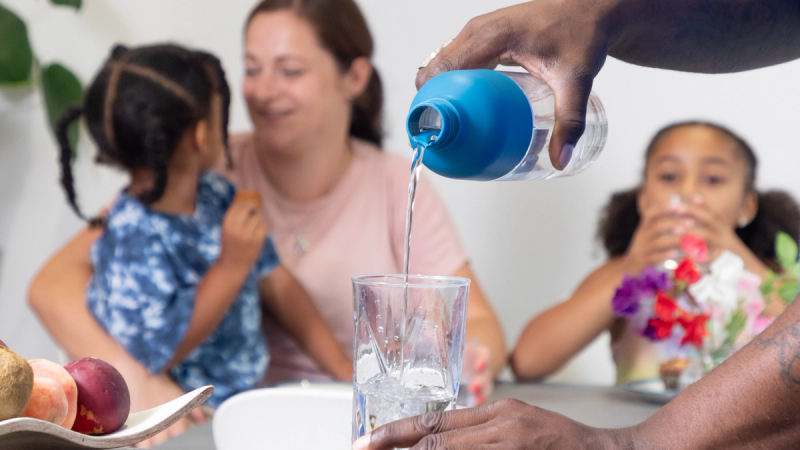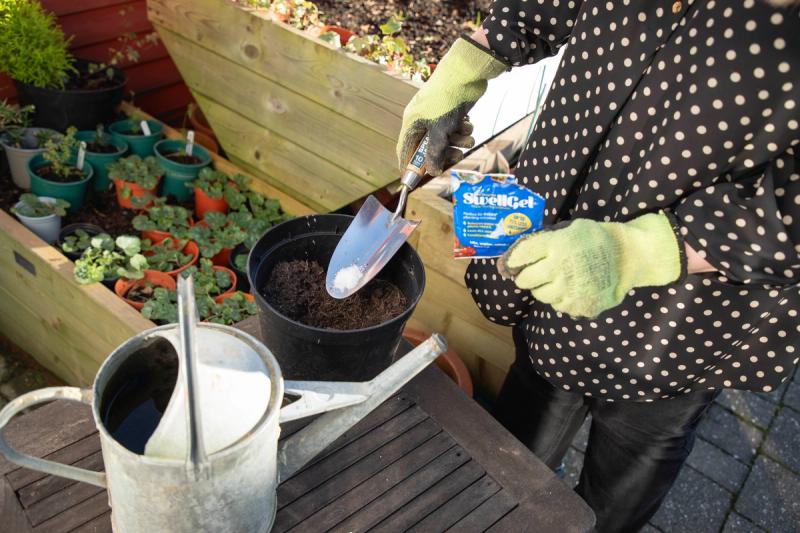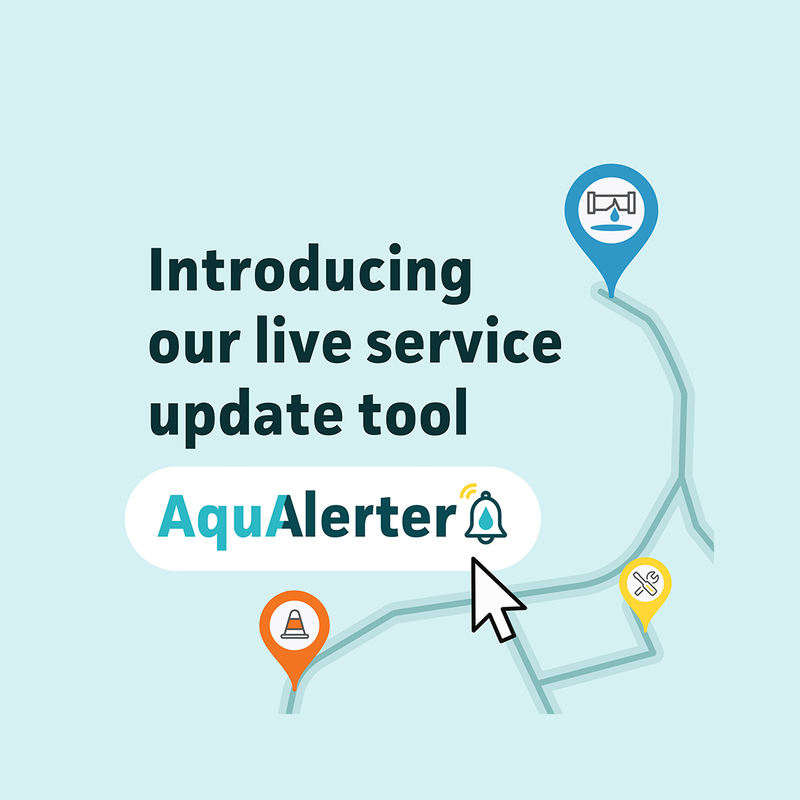Water is essential to our daily lives, from a warm cup of tea in the morning to a relaxing shower at night. The recent rainfall we’ve had has been very welcome, but unfortunately not nearly enough to replenish our water resources.
While the hosepipe ban in Kent and Sussex has helped, our Sussex supply area is in drought with some resources at very low levels. This means we need to take further steps to protect supplies and the environment.
We’re updating the hosepipe restrictions for customers in Sussex from 17 October. All exemptions that were previously in place will be removed, except for ones that are for health and safety purposes.
Simple swaps for big savings
Even during the wetter winter months, there are lots of simple changes you can make at home to save water:
Is there a hosepipe ban?
Yes, we restricted the use of hosepipes in Kent and Sussex in July.
From 10 October, there are further hosepipe restrictions in place for customers in Sussex.
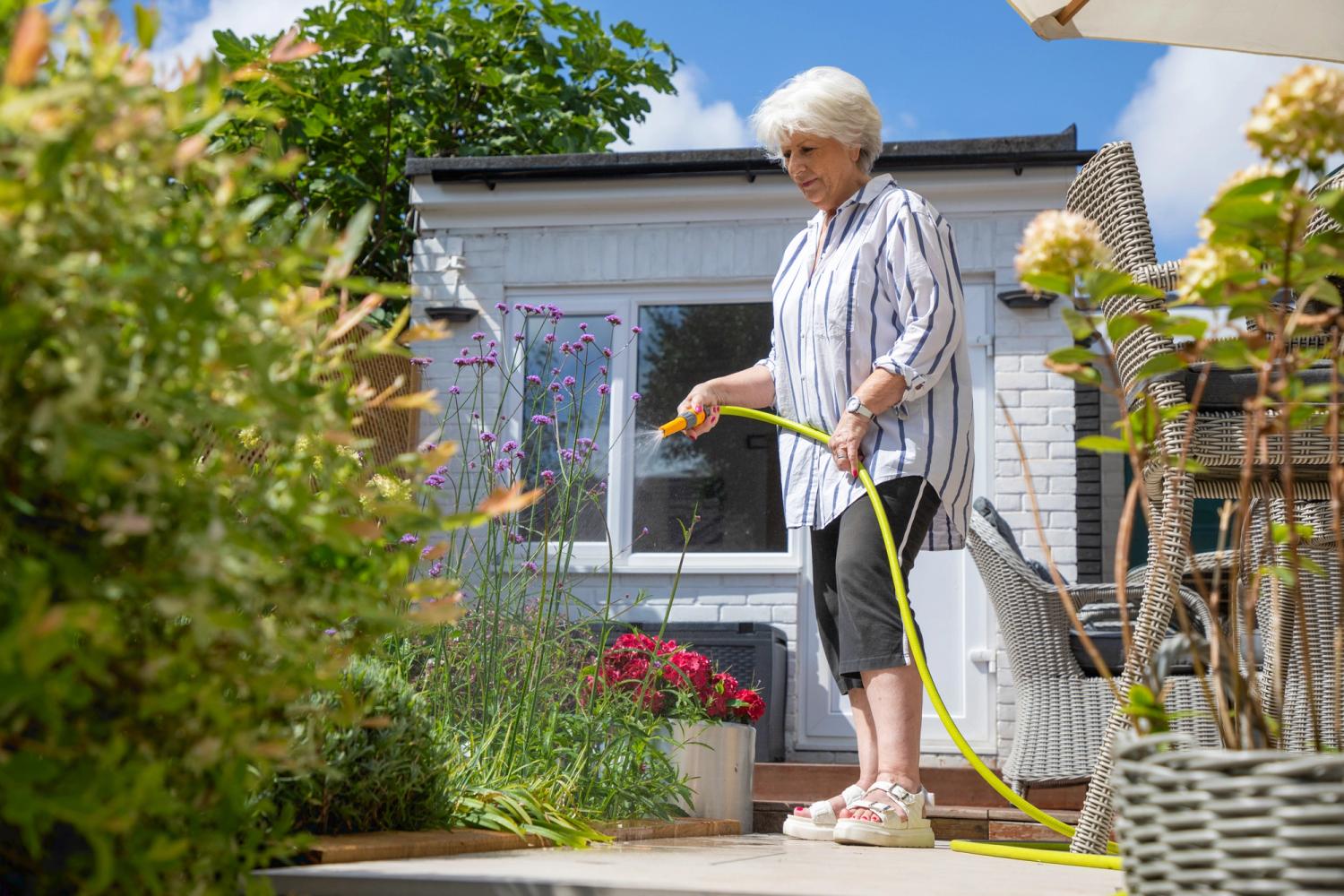
Updates about your water supply
The amount of water people use each day changes depending on the weather. We normally supply around 543 million litres of water a day. In the summer months, this can go up to over 600 million litres a day.

Why your help matters
Despite the recent wet weather, England has experienced the driest spring since 1893, and the hottest summer on record. The average rainfall for August was only 42 per cent of the typical amount, and with a predicted unsettled autumn, we still need your help.
Kent and Sussex
The prolonged heat waves in June and July led to the highest demand for water we've seen in recent years; reaching 680 million litres of water in one day alone! This situation left us with no choice but to restrict the use of hosepipes and sprinklers for our customers in Kent and Sussex in July. Whilst the recent rainfall has been very welcome, it has had a limited impact on our declining resources. From 10 October, there are further hosepipe restrictions in place for our customers in Sussex.
Western regions
Whilst there aren't any restrictions, we continue to monitor the situation where we serve customers in parts of Surrey, Hampshire and Berkshire.
What we're doing
We’re doing everything we can to treat and supply water as quickly as possible and optimise the network whilst protecting water resources. Treated water is fresh, so we only store it for a limited time. There’s also a limit to how much water we can take from the environment and treat each day. Our sites work 24/7, but if people use more water than we can produce, some customers may temporarily lose supply in some areas.
We have more teams than ever before, working round the clock to find and fix leaks, and make ongoing repairs and upgrades to our 9,000 miles of pipes.
Drought Applications
We have recently been granted a Drought Permit for Ardingly reservoir. The permit allows us to reduce the amount we release from the reservoir into the Shell Brook (the stream) and refill it earlier from the Upper Ouse, if river flows are high enough.
On 10 October we applied for a Drought Order on the River Ouse. If granted, it will mean we can reduce the amount of water we need to leave in the Lower Ouse, the part of the river below the point we take water from to treat and pump to customers’ taps.
What can you do right now?
To fill Ardingly Reservoir at least 80 per cent of average rainfall is needed from now until February 2026. Every drop you save at home makes a difference, so we’re asking everyone, please work with us and keep all water use around the home to essential purposes only: drinking, washing and cooking.
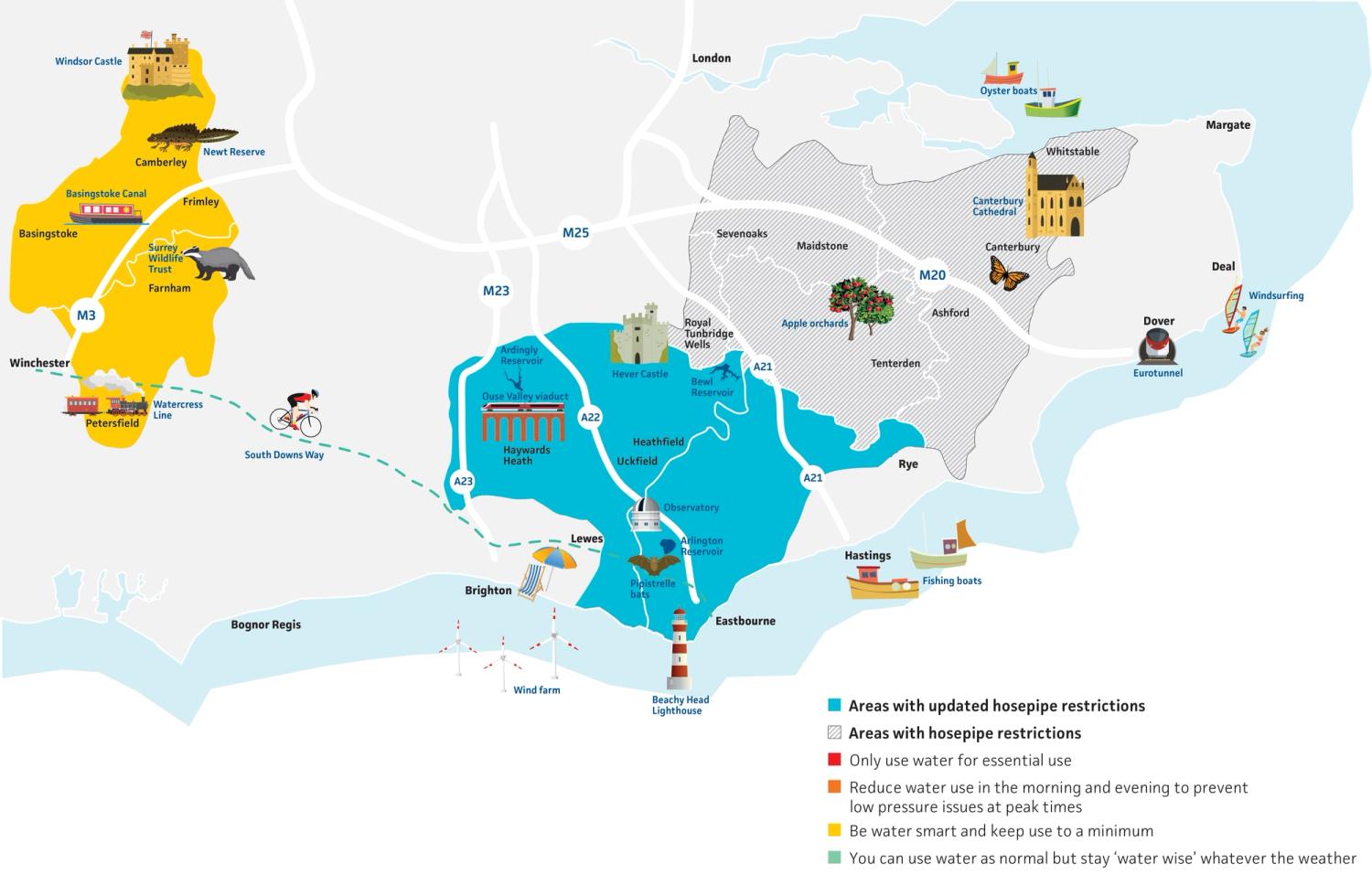
What we're doing to improve our network
We’re always making improvements to our network to make sure we can supply water to everyone. To prepare for summer, we have:
- Increased the amount of water we can treat at several sites across Kent and Sussex.
- Changed when we do maintenance on our water treatment works and treated water storage tanks to make sure we have as much water available as possible.
- Increased the amount of untreated (raw) water we can take from locations in Kent.
- Launched a comprehensive leakage recovery strategy, investing in new detection technologies, expanding our specialist teams, and increasing investment across our network.
- Appointed a dedicated Alternative Water Manager and bought 10 additional water tankers. So far, 5 have been delivered with the rest set to come later in 2025. These tankers help us move water around the network and boost supplies if needed.
- Identified ‘at risk’ areas for closer monitoring and developed plans to put in place if there are any water shortages.
There’s still more to do. The south east of England is one of the most water-stressed areas in the country. We need new treatment plants, storage reservoirs and pipes to make sure we always have enough water in the future. It takes time to plan and build these.
Projects we're working on to improve our water supply:
- We’re installing about 17 kilometres of new pipes between our water treatment works at Bewl and our drinking water storage tanks at Wadhurst and Rotherfield. This will improve the water supply in the Wadhurst and Best Beech areas. This work started in April 2024 and is due to finish in 2025. We’re also upgrading our Bewl Water Treatment Works to increase the amount of water we can treat and supply to the area. You can find out more here.
- We’re installing 16 kilometres of new water pipes in two areas of Kent. One is from our Wichling Water Treatment Works through Doddington, and the other connects two drinking water storage tanks on either side of Charing. Work began in April 2023, and the first phase (Wichling/Doddington) is almost complete. You can find out more here.
- We’re building a new, state-of-the-art water treatment works at Aylesford near Maidstone. The site will have new features, such as two water storage tanks, so we can keep supplying water while we carry out essential maintenance. You can watch the progress of the site build and find out more here.
We also have lots of plans to improve our network in the future. These are set out in our business plan. You can read the plan here(opens in a new tab) or a summary of the plan here(opens in a new tab).
Reservoirs
Our biggest reservoirs in Sussex, Ardingly and Arlington, store up to 8,300 million litres of water and supply 8% of all the water we provide.
We also get water from boreholes and chalk aquifers.
Our reservoirs refill between October and April when there’s more rain. You can find out more about our reservoirs here.
On 10 October 2025, we applied for a Drought Order from the Secretary of State on the River Ouse.
We have applied for this order because we have experienced extremely low rainfall this year, resulting in the water level at Ardingly Reservoir approaching critically low level.
Treatment and beyond
Once we collect water from the source, we treat it to make sure it’s safe to drink.We take great care over the quality of our water and constantly monitor our treatment process.
Once the water is treated, we send it to drinking water storage tanks around our region. These tanks connect to the pipes that deliver water to your tap.
This process can take several hours, and high water usage makes it harder for us to supply water to everyone. You can find out more about our processes here.


